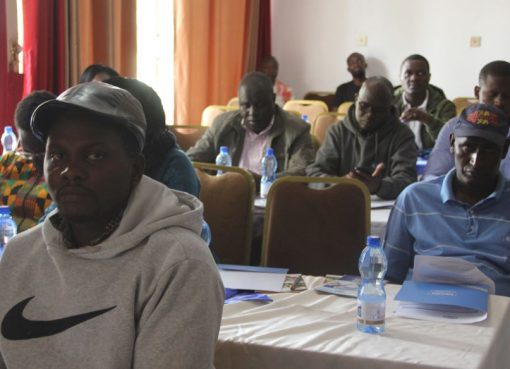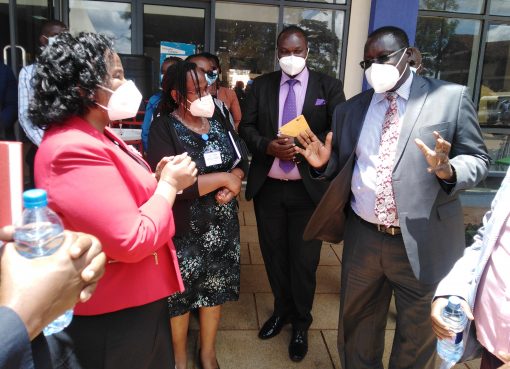The government is in the final course to formulate a policy meant to address rehabilitation of street families.
High among the priorities is shifting the focus of rehabilitation of street families from the children homes to family and community care.
Grace Mwangi, a board member of Street Family’s Rehabilitation Trust Fund said there has been a remarkable increase of street families in Kenya.
She said the shift from the children homes care to family and community care will solve the problem which occurs when those placed in the homes achieve 18 years.
“We have had a problem with the street children who get to 18 years and are required to move out of the homes, with most of them back to the street again.
She said the policy which is still in the draft copy, when finalized will offer a coherent and sustainable framework for the rehabilitation of street families in Kenya.
She said the number of people living and connected to the streets in Kenya was 46,639 according to National census 2018.
“The counties with the highest concentrations of street persons is Nairobi with 15, 337, Mombasa 7529, Kisumu 2,746, Uasin Gishu 2,147 and Nakuru 2,005,” she said
Mwangi said most of the street persons were males at 72.4% and females at 27.6% majority being the youth at 45.3% followed by children at 33.8 and the older persons at 2.4%
She said the census also revealed that reasons for going to the streets were varied which included fear of being reprimanded, corporal punishment, lack of school fees, mistreatment by relatives and mental illness.
Others include death of parents, domestic violence peer influence and being born on the streets.
Mwangi said majority of the children who lived on the streets with parents were below 10 years of age while 24 percent were orphans. 20 percent of then street persons did not know the whereabouts of their parents.
“On the basis of the census result, Mwangi said a deliberate stakeholder’s engagement has been undertaken in 19 selected counties with response indicating several factors which lead top the occurrence of street families.
She said high in the list include poverty, family disintegration and loose social fabric, loss of parents and caregivers, human trafficking, retrogressive cultural practices, child labor and exploitation.
The policy, Mwangi said, will seek to reintegrate the street persons back to the community by addressing discrimination and stigma, rejection and exclusion from the mainstream society.
She said street families are faced with difficulty in acquisition of identity cards which make it hard for them even to get menial employments.
Mwangi was speaking at Kerugoya during a one-day public participation workshop on draft policy of rehabilitation of street families said Kirinyaga county was among the counties with the least number of street families currently standing at 203.
She said due to their vulnerability, street families are exposed to exploitation and likely recruitment into criminal and other illegal activities or lured to join radical groups.
She said despite measures taken on street families by the government and interventions by different actors, the programme are uncoordinated and ineffective.
“Most counties do not have prevention mechanism, standards guidelines and regulations for rescue, rehabilitation, reintegration and resocialization,” she said
She said lack of communication and resource mobilization strategies and clear reporting mechanism remains a challenge.
Meanwhile, according to Mwangi, the situational analysis reveals that there is no coherent and sustainable framework for rehabilitation of street families in Kenya.
By Irungu Mwangi




